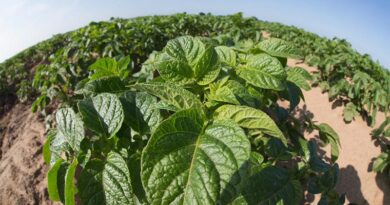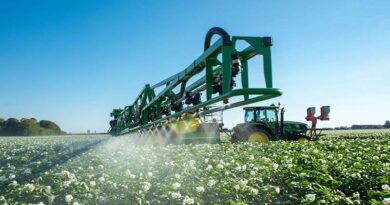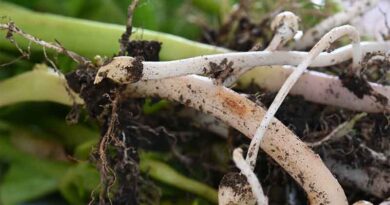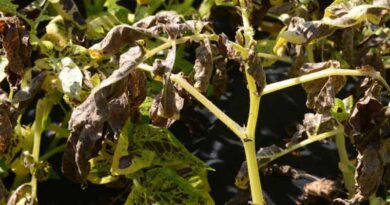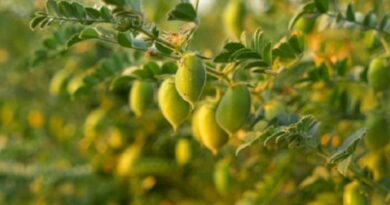Biostimulant survey gives hot tips on future use
24 March 2021, UK: Crop stress is now recognised as a significant factor in potato agronomy decisions by over three-quarters of growers and agronomists, according to results from a Syngenta biostimulants survey.
High temperatures were seen to have the most important influence of the stress factors listed as affecting potato crop performance and yields.
The survey earlier this year revealed more than 80% of growers and agronomists believe that biostimulants have a role in their potato agronomy – with nearly 60% of them seeing that role as significant.
Find out more about Quantis – Syngenta’s first biostimulant for potatoes
Some 45% of survey respondents already use biostimulants every season, with a further 38% intending to try their use in the future. Just 7% of growers or agronomists have no intention of using them.

Syngenta potato campaign manager, Mark Britton, believes the survey demonstrates growers’ interests in the potential of the technologies. “It has also highlighted a desire for knowledge of how biostimulants work, along with where and when they can best be utilised in the agronomy programme.”
He reported growers see drought and temperature as the most important crop stresses, with the greatest number seeing temperature as having the highest effect. Disease and nutrient induced stress were also seen as important, with light and other agronomy actions seen as less influential.
“New research is showing that whilst biostimulants can appear to help with overall crop vigour and to mitigate general stress effects, there are clear indications that some will have a more targeted influence on specific stress factors.
“With changing climatic conditions, including the more frequent occurrence of extreme or prolonged high temperatures and drought periods, a better understanding of biostimulant functions will enable more precise tailoring of products and timing,” he advocated.
The survey indicated nearly 80% of growers or agronomists would use different biostimulant activities through the season, with three-quarters considering making two to four applications would be typical through the season. Around 10% would consider making more than four treatments per season.

“Of those using biostimulants, around a third reported they would be using them routinely all season long, with nearly two thirds looking at applications when stressful periods are likely to occur,” pointed out Mr Britton. “Less than 5% said they would target applications after a stress period.
“In most instances they are looking to use biostimulants in conjunction with fungicides or trace elements, as well as fertilisers in some cases, so it’s important to understand the interactions between the inputs,” he advised.
Pinpointing some of the areas of biostimulant research and understanding, the survey showed around half had some knowledge of the role of anti-oxidants in maintaining plant health, but only 5% felt it was well known. On the role of osmoprotectants, two thirds were unaware of the effects on potato crop health and yields.
“Every one of the survey respondents acknowledged they need to learn more about plant stress and biostimulants,” highlighted Mr Britton. “It’s a gap we will be focusing on fulfilling with trials and research over the coming seasons.”


